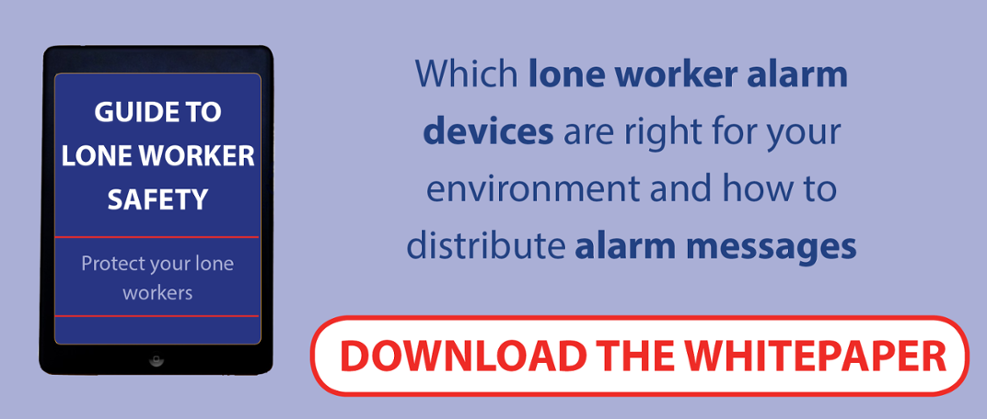
As a manager within a manufacturing company, ensuring that you have a robust strategy in place in order to combat any accidents in the workplace is a top priority. This includes the tricky issue of lone worker safety, as lone workers are exposed to unique dangers that come from not having colleagues close by to protect them from accidents or to instantly raise the alarm when any accidents do occur. An accident alert and rescue plan should be able to protect all of the workforce, including all lone workers, adequately and comprehensively.
The importance of alarm systems
This article explains how paying attention to the alarm and warning systems that you have in place for your workforce will help to safeguard your workers in the best way possible. There are various alarm systems available on the market, including alarms activated by the worker and alarms activated by employees who are designated to phone in and check on lone workers at regular intervals. Both these systems have their drawbacks, however. The first relies on the ability of the worker to raise an alarm, which in the case of an accident may not be possible. The second relies on a second employee checking in with the lone worker shortly after an accident has occurred. But, if the checks only take place every couple of hours, a lone worker could be lying injured for two hours before the fact that they have had an accident is even noticed. So, what is a manager to do?
How an AMS (Alarm Management System) works
An alarm management system distributes alarm messages and ensures staff are alerted to an alarm. That way, when the worker presses a panic button, the AMS will alert you and your team so that you can immediately take the necessary steps to address the lone worker's emergency. What if the worker is unable to a trigger a panic button because they are rendered unconscious? That does not pose a problem for systems like these as your staff can carry devices that have tilt or no-motion sensor that can trigger alerts automatically if the person is rendered unconscious. For example, if the device tilts too far to one side this could indicate that a worker has slipped and fallen, or if the worker's body has experienced an impact an alert is triggered from the AMS and distributed to colleagues. The best lone worker devices are capable of two-way voice as communication is key in an emergency.
Other advantages of an integrated alarm management system
There are two key advantages of using this system, further to the main advantage of enabling you to be instantly made aware of any injuries or accidents suffered by workers in your company. These two advantages are detailed below, and it will be clear that such a system is particularly useful for a manufacturing company that needs to take lone worker hazards into account.
1. Automatic logging of all alarms
Alarm management systems automatically log all alarms that are triggered from the start of the process to the finish. That way, you will not only have precise records of the date and time of when the incident took place, but also a full audit trail of the process until the alarm is closed, including who received and respond to the alarm and when. This audit trail enables managers to identify areas in the process that can be improved thus further enhancing the safety of their staff.
2. Integration with communication systems
When an alarm goes off, the next step is to contact the worker affected and/or the emergency services. If your alarm system is integrated with your telephone or radio communication systems you can call both for medical care and the affected lone worker to enquire on the nature of the problem and offer early assistance. This will reduce your response time, which could mean the difference between life and death in some situations.
Are your alarm systems up to date?
As a manager you will know that companies are subject to at least one annual health and safety checks from the government, but it is crucial to ensure that your health and safety strategy is robust and fully functional on every day of the year. Do you have a suitable alarm system in place? Is it time to upgrade your existing alarm system so that it includes all of the features described above?





